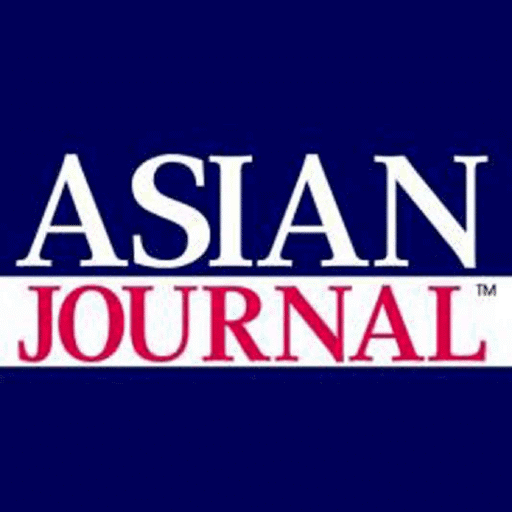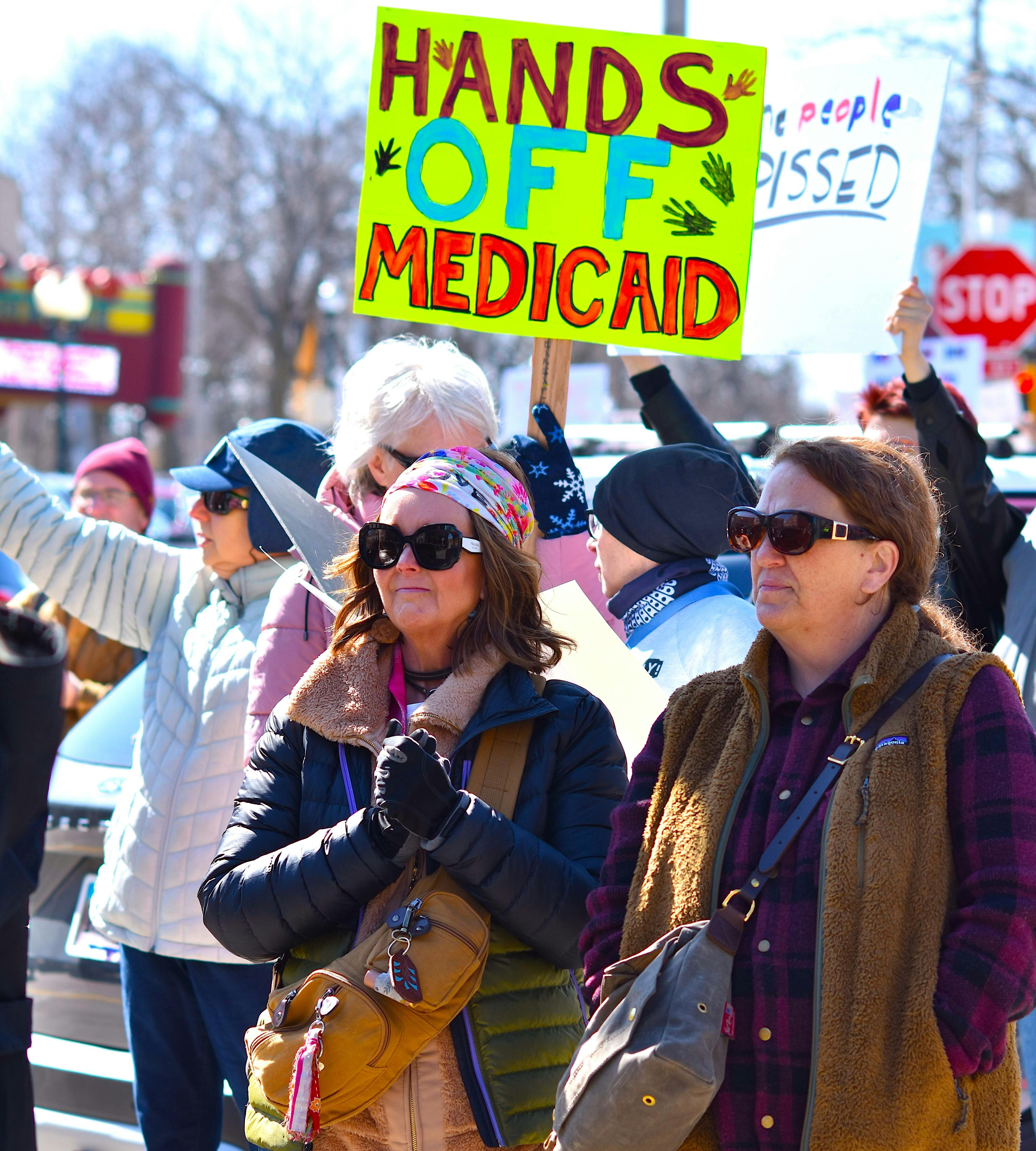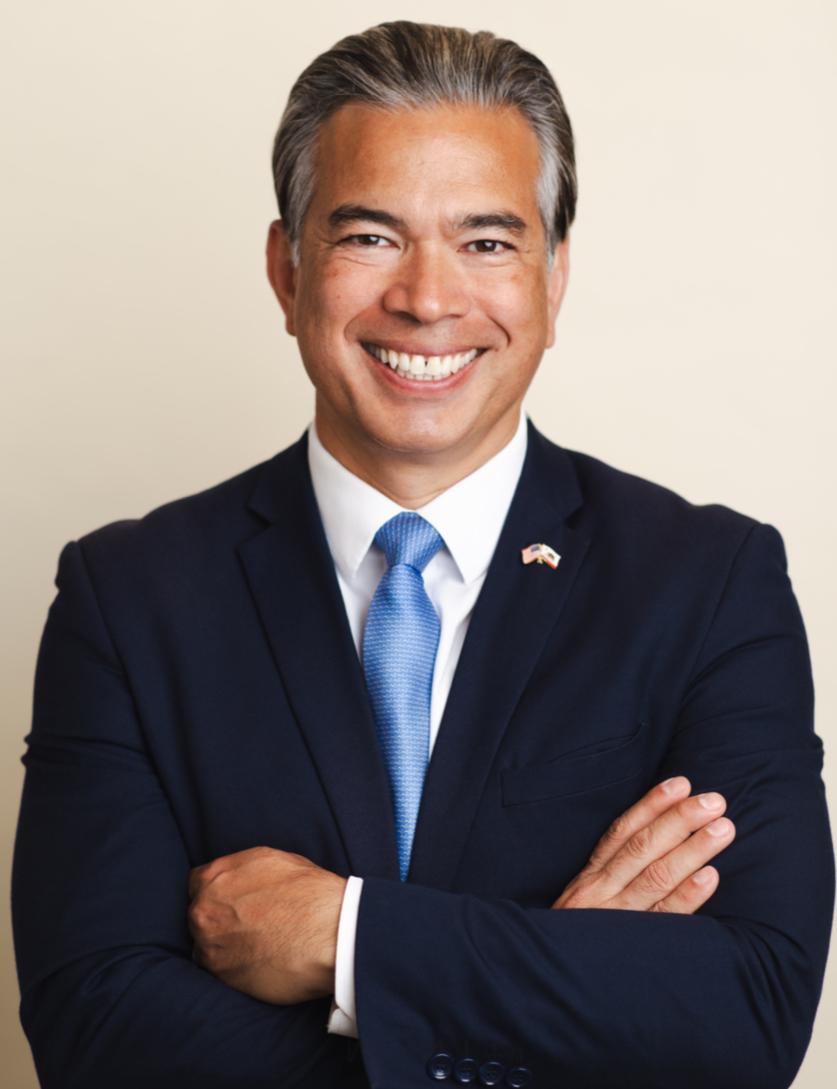STANFORD — The Asian American community is one of the oldest in the U.S., yet still are viewed as “foreigners” by many Americans.
“Discrimination has always shaped us. We have always been the yellow peril, or the dusky peril who threatens the very existence of America. There’s a myth out there that we will always be foreign,” said Dr. Russell Jeung, co-founder of the web portal Stop AAPI Hate and a professor of Asian American studies at San Francisco State University.
Jeung spoke at a May 16 panel discussion here on Asian American identity. KPIX news anchor Ryan Yamamoto moderated the discussion, which included speakers Neil Ruiz, Pew Research Center’s Head of New Research Initiatives; Dr. Malathi Srinivasan, Clinical Professor of Medicine at Stanford University; and Dr. Richard Pan, a pediatrician who served in the California state Senate for seven years.
The discussion — organized by the Stanford Center for Asian Health Research and Education in partnership with the Stanford Asian Staff Forum and Asian American Journalists Association, San Francisco — was presented on the heels of a multi-year survey of Asian Americans, released by the Pew Research Center May 8.
Who belongs here?
Another report released May 4 by The Asian American Foundation found that 4 out of 5 Asian Americans feel as though they don’t belong. More than half say they feel unsafe, especially on the streets. “It is startling to see that more than one in four of Americans still think Asian Americans are more loyal to their country of origin. These unfortunate and enduring misperceptions erode our sense of belonging and safety as AAPIs,” said Norman Chen, CEO of TAAF, in an introduction to the report.
In the early 1900s, Asians were associated with bringing smallpox, malaria, and leprosy to the U.S., which led to the Chinese Exclusion Act of 1882, and the Asian Exclusion Act of 1924. Asians were barred from entering the U.S., and the population already here was barred from buying land, similar to three bills currently pending in the Texas state Legislature.
De-coupling China and Chinese Americans
“History is repeating itself. We knew as Covid was coming that Asian Americans would be blamed,” said Jeung, who founded Stop AAPI Hate in April 2020, with co-founders Manjusha Kulkarni and Cynthia Choi. Since its inception, the portal has logged more than 11,000 acts of hate violence against AAPIs.
Responding to a question from EMS, Jeung said that people who believe that China is the greatest threat to the U.S. also believe that Chinese Americans are a threat. “It is okay to criticize China policy, but we have to de-couple China from Chinese Americans,” said Jeung.
Pew study findings
Ruiz laid out the findings of the Pew study, the largest-ever survey of AAPIs. Questionnaires were sent out to more than 268,000 people, and 7,006 interviews were completed.
Some key findings with regards to self-identity:
About half (52%) of Asian adults say they describe themselves most often by their ethnic origin, either alone (26%) such as Japanese or Korean or in combination with American (25%) such as Vietnamese American.
28% describe themselves as Asians, either alone (12%) or as Asian American (16%).
Just 10% describe themselves as Americans.
41% of Indians use only their ethnic identity, without adding American. Japanese Americans are the least likely to identify by ethnicity alone.
Almost 1/3 of 3rd generation Asian Americans identify simply as Americans.
More than half of Asian Americans say the majority of their friends are from their same ethnic group. But that changes over time. About 38% of second generation AAPIs have only friends of their ethnicity.
86% of Asian Americans say they are comfortable with interracial marriages and marrying outside their race.
One in 5 Asian American adults have hidden some portion of their identity from non-Asians.
Disaggregated health data
Srinivasan discussed the need for disaggregated health data for Asian Americans, noting that genetic differences, income and lifestyle disparities play a huge role in determining health outcomes. South Asians, for example, are more prone to diabetes and heart issues than the Asian American population at large, while Chinese Americans have a greater rate of cancer than the overall population. Vietnamese Americans have the highest prevalence of Hepatitis B.
But such information is largely anecdotal, without data to support it, said Srinivasan, noting that the process by which to disaggregate AAPI health data is complex and must balance with privacy laws.
Less than 0.15% of National Institutes of Health funding is allocated to researchers working on studies specific to the AAPI community, noted Srinivasan.
Relatedly, many immigrants face huge barriers to getting appropriate medical care — from even understanding how the American healthcare system works and describing their medical issues. “We need to train our doctors better, and also empower our patients on how to ask for or demand better healthcare,” said Srinivasan.
‘Where are the Asian Americans?’
Pan echoed Srinivasan’s remarks, noting that only about 3% of papers published in scientific journals have outcomes for AAPIs. “Where are the Asian Americans? And why aren’t you reporting it?” he often asks his colleagues, who say the numbers are too small to be significant.
“We have to stand up to the NIH and to researchers to report outcomes for AAPIs. If we are not mentioned, we cannot make change,” said Pan.
The pediatrician noted that Asian Americans are over-represented at the lower levels of healthcare, but rarely are the decision makers or in leadership roles. “As you go up, we disappear,” he said. “We are not in the board room. And that has to change.”
‘Change that accent’
Both Pan and Yamamoto spoke about language discrimination they personally faced. When Pan was growing up, his parents spoke primarily Mandarin at home; he was put in special education because of his poor English skills. “So from then on, I refused to speak Mandarin,” he said.
Yamamoto — whose family spent time in internment camps — said that his career as a newsman has taken him across the U.S. “At times, I was the only person who looked like me in the newsroom, but viewers accepted it.”
“But one editor pulled me aside one day and said: ‘Ryan, you’re going to have a great career in journalism, but you need to work on that accent.’”
The American-born Yamamoto said he was greatly upset by the incident. “I don’t speak Japanese. My parents don’t speak Japanese. The Japanese language was lost for many Americans after World War II.”
“My grandmother used to tell my father never to speak Japanese because of what could happen if we were heard uttering a single word. So we don’t speak Japanese,” he said. (Sunita Sohrabji/Ethnic Media Services)






